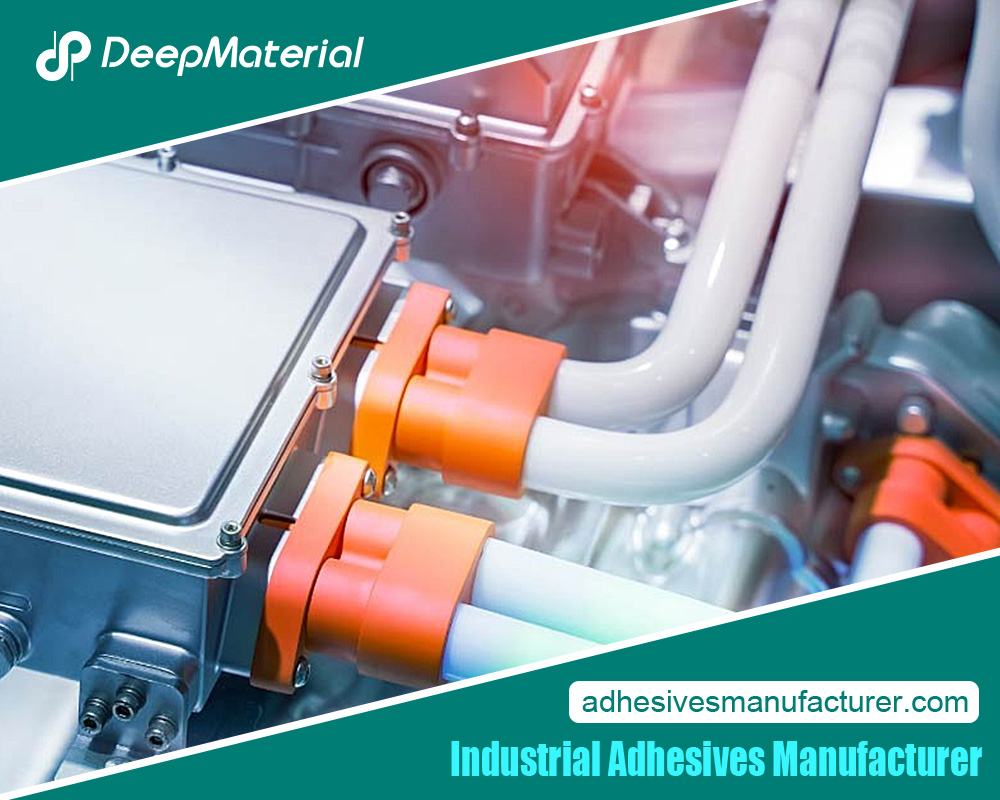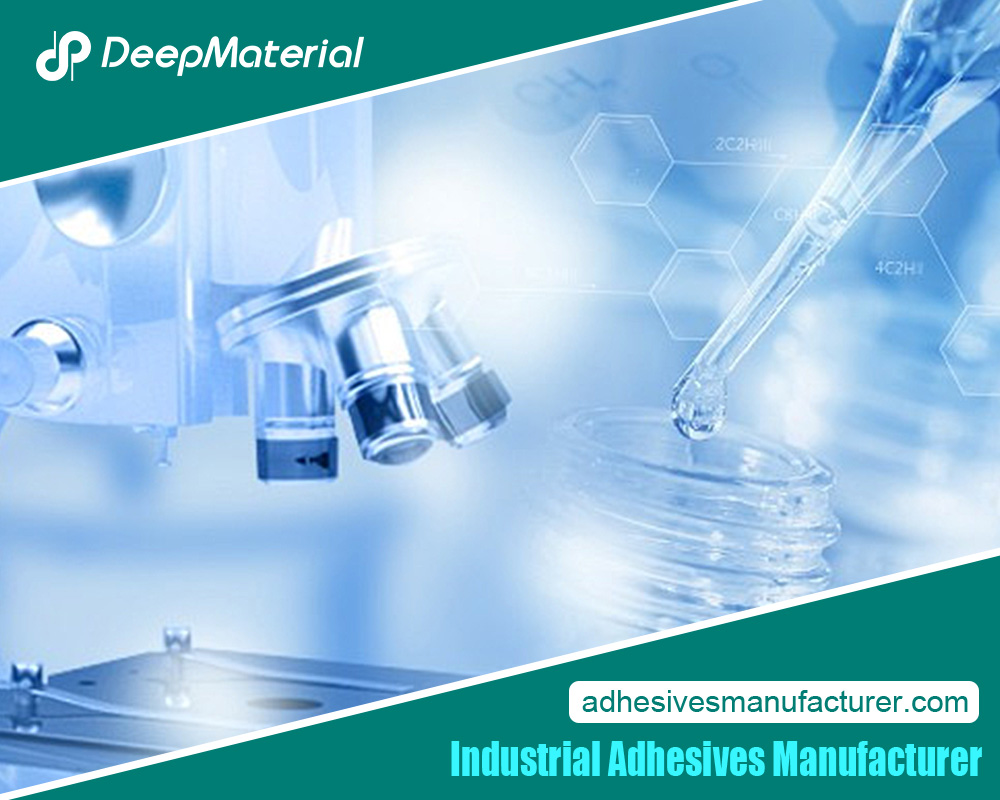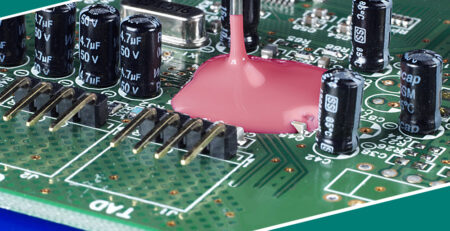The Ultimate Guide to Finding the Best Metal to Metal Epoxy for Your Projects
The Ultimate Guide to Finding the Best Metal to Metal Epoxy for Your Projects
Metal to metal epoxy is a versatile adhesive that is commonly used in various projects, from automotive repairs to DIY projects. It is a type of epoxy adhesive specifically designed to bond metal surfaces together. Metal to metal epoxy offers a strong and durable bond, making it ideal for applications that require high strength and resistance to extreme conditions.

Understanding Metal to Metal Epoxy: What is it and How Does it Work?
Metal to metal epoxy is a type of adhesive that is formulated to bond metal surfaces together. It is made up of two components – a resin and a hardener. When these two components are mixed together, a chemical reaction occurs, causing the epoxy to harden and create a strong bond.
The resin component of the epoxy provides the adhesive properties, while the hardener component initiates the curing process. The curing process involves the epoxy going through a chemical reaction that transforms it from a liquid to a solid state. This process creates a strong and durable bond between the metal surfaces.
One of the advantages of using metal to metal epoxy is its ability to bond different types of metals together. It can bond steel, aluminum, copper, titanium, and nickel, among others. This makes it a versatile adhesive that can be used in various applications.
Factors to Consider When Choosing the Best Metal to Metal Epoxy
When choosing the best metal to metal epoxy for your project, there are several factors that you need to consider:
Strength and durability: When selecting an epoxy adhesive, it is important to consider the strength and durability of the product. This is particularly important if you are working on a project that requires a strong bond, such as in construction or automotive repairs. A high-quality epoxy adhesive should have a high tensile strength, which means it can withstand heavy loads without breaking or cracking.
Additionally, the adhesive should be able to resist impact, vibration, and temperature changes. It is also important to consider the curing time of the epoxy, as some products may take longer to fully cure than others. Ultimately, choosing the right epoxy adhesive for your project can help ensure a strong and long-lasting bond that will hold up over time.
Temperature resistance: When selecting an epoxy adhesive, it is important to consider the temperature range that it can withstand. If your project involves high temperatures, such as in automotive or aerospace applications, you will need an epoxy that can handle the heat without breaking down or losing its bond strength.
On the other hand, if your project involves extreme cold, such as in cryogenic applications, you will need an epoxy that can maintain its strength and adhesion even at low temperatures. It is also important to consider the curing time and viscosity of the epoxy, as these factors can affect its performance in different temperature environments.
Curing time: The curing time of an epoxy adhesive is a crucial aspect to consider when selecting the right product for your project. The curing time refers to the length of time it takes for the epoxy to fully harden and reach its maximum strength. This can vary depending on the type of epoxy you choose, with some curing quickly in just a few hours, while others may take several days to fully cure.
It is important to consider the time you have available for your project and choose an epoxy with a curing time that fits your needs. If you are working on a time-sensitive project, it may be best to opt for a fast-curing epoxy, while if you have more time available, a slower-curing epoxy may be more suitable.
Chemical resistance: When working on a project that involves exposure to chemicals or corrosive substances, it is crucial to take the necessary precautions to ensure the safety and longevity of your bond. Using an epoxy adhesive that is resistant to these substances is key in achieving this goal. Not all epoxies are created equal, so it is important to do your research and choose an epoxy that has good chemical resistance.
This will not only protect your bond from deteriorating over time, but it will also ensure that your project remains structurally sound and safe for use. Additionally, using a chemical-resistant epoxy can save you time and money in the long run by reducing the need for frequent repairs or replacements due to chemical damage.
Ease of use: When selecting an epoxy adhesive, it is important to consider the ease of use. Some epoxies come in a two-part system that requires mixing, which can be challenging for those who are not experienced with this type of adhesive. On the other hand, some epoxies come in a single tube that is ready to use, making them much easier to work with.
It is important to choose an epoxy that is easy to work with and fits your level of expertise. If you are new to using epoxy adhesives, it may be best to start with a single-tube system until you become more comfortable with the process. Additionally, it is important to follow the instructions carefully and take all necessary safety precautions when working with epoxy adhesives.
Types of Metal-to-Metal Epoxy: Which One is Right for Your Project?
There are different types of metal-to-metal epoxy available in the market, each designed for specific applications. Here are some common types of metal-to-metal epoxy:
Steel-filled epoxy: This type of epoxy adhesive is filled with steel particles, which provides added strength and durability. It is commonly used in automotive repairs, such as bonding metal panels or repairing cracks in engine blocks.
Aluminum-filled epoxy: Aluminum-filled epoxy is specifically designed for bonding aluminum surfaces together. It offers excellent adhesion and is commonly used in applications such as repairing aluminum boats or bonding aluminum parts in the aerospace industry.
Copper-filled epoxy: Copper-filled epoxy is ideal for applications that require high electrical conductivity. It is commonly used in electrical repairs or bonding copper pipes.
Titanium-filled epoxy: Titanium-filled epoxy is known for its high strength and resistance to extreme temperatures. It is commonly used in applications that require a strong bond and resistance to heat, such as bonding titanium parts in the aerospace industry.
Nickel-filled epoxy: Nickel-filled epoxy is commonly used in applications that require resistance to corrosion and high temperatures. It is often used in the oil and gas industry or for bonding nickel-plated surfaces.

Conclusion
Metal to metal epoxy is a versatile adhesive that offers a strong and durable bond for various projects. When choosing the best metal to metal epoxy adhesive, consider factors such as strength, temperature resistance, curing time, chemical resistance, and ease of use. There are different types of metal-to-metal epoxy available, each designed for specific applications.
For more about the Ultimate Guide to Finding the Best Metal to Metal Epoxy for Your Projects , you can pay a visit to Deepmaterial at https://www.adhesivesmanufacturer.com/ for more info.












